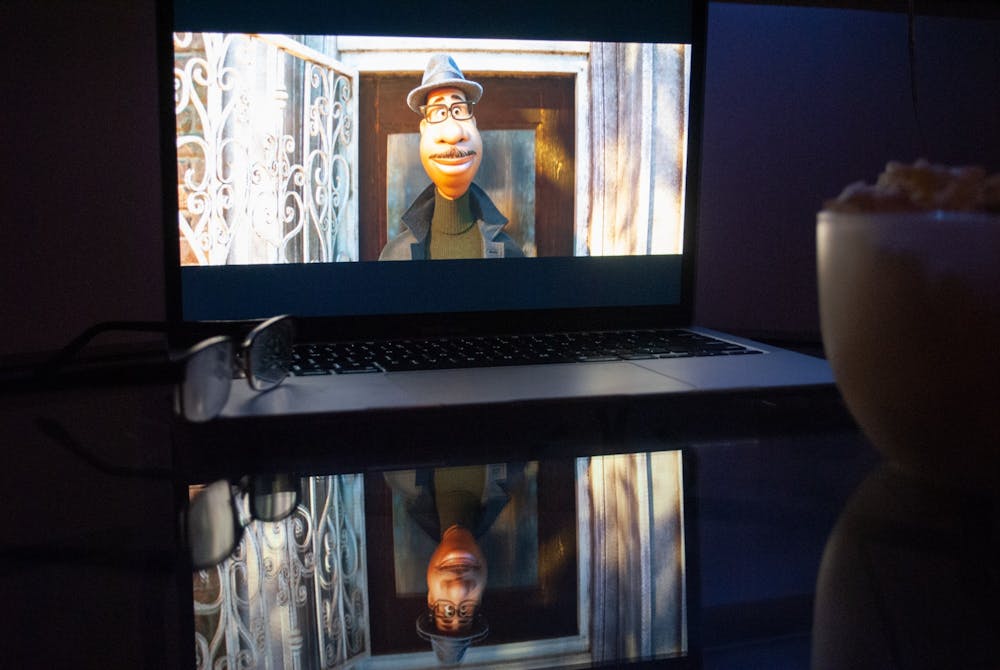In Pixar Animation Studios' new animated film “Soul,” audience members follow Joe Gardner, a middle school band teacher by day and jazz musician by night, on an unexpected journey into the afterlife as he campaigns to return back to Earth to play his dream jazz gig.
While the film gave lessons about the meaning and treasures of life, it also prompted polarizing dialogue about Black representation in the film and entertainment industry among viewers and critics.
“It was interesting, and I like the fact that it was a Black person and had very Black things in it because you don't see that very often in media in general, but especially not from Disney,” Alexis Jamison, a junior studying advertising and public relations, said.
According to The New York Times, “Soul” is the fourth American animated film and first Pixar film to center an African American character as the protagonist — but with Joe Gardner dying and not existing in his physical body for the majority of the film, some viewers didn’t feel that Black people were given enough representation.
“I think it took away from the weight of having representation in film,” Jamison said.
Edly Hyppolite, a sophomore studying biology, said she has noticed a trend of how Black animated characters are physically portrayed.
“There's a pattern where you have a Black main character, but then they're in the form of an animal or, like the soul, a blob,” she said. “It's not just about the face on the movie poster, it's about how do you identify with that story they're depicting.”
Rita Kibicho, a sophomore studying public policy, felt that the creators of this film represented Blackness by illustrating settings and symbols that are specific to the culture.
“They had a lot of parts where I was like, this is Black,” Kibicho said. “The barbershop scene, even when he was talking with his mom and they were in his mom’s shop, they had all these little things in the background and was like, that's truly Black.”



